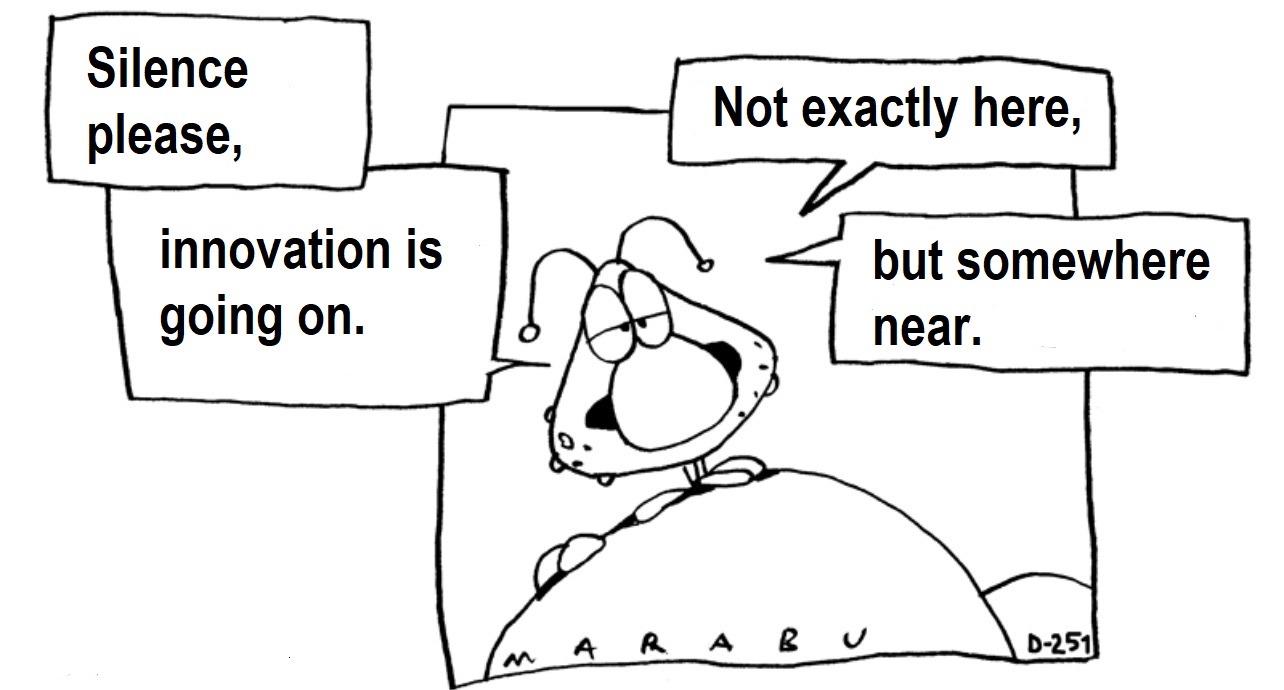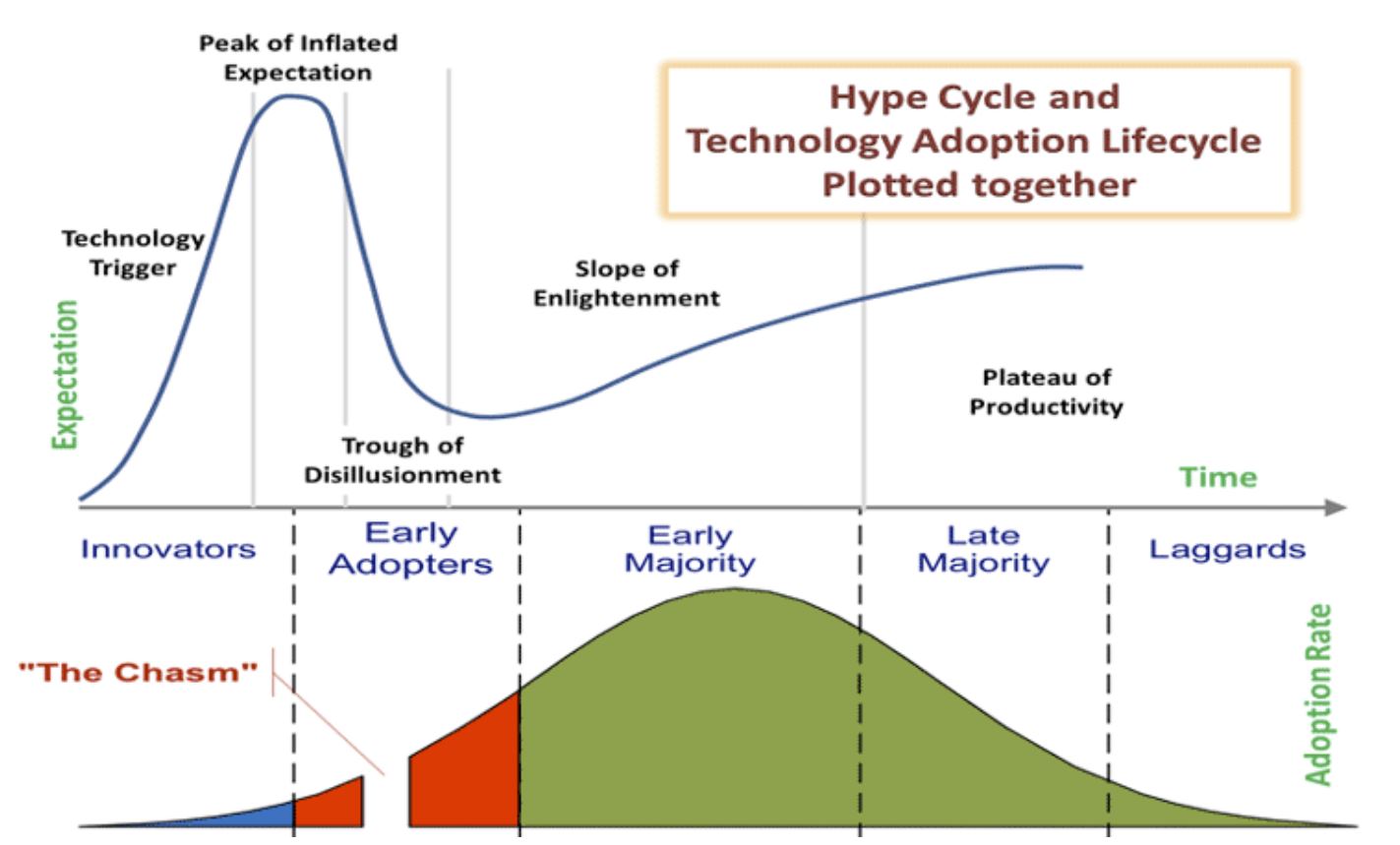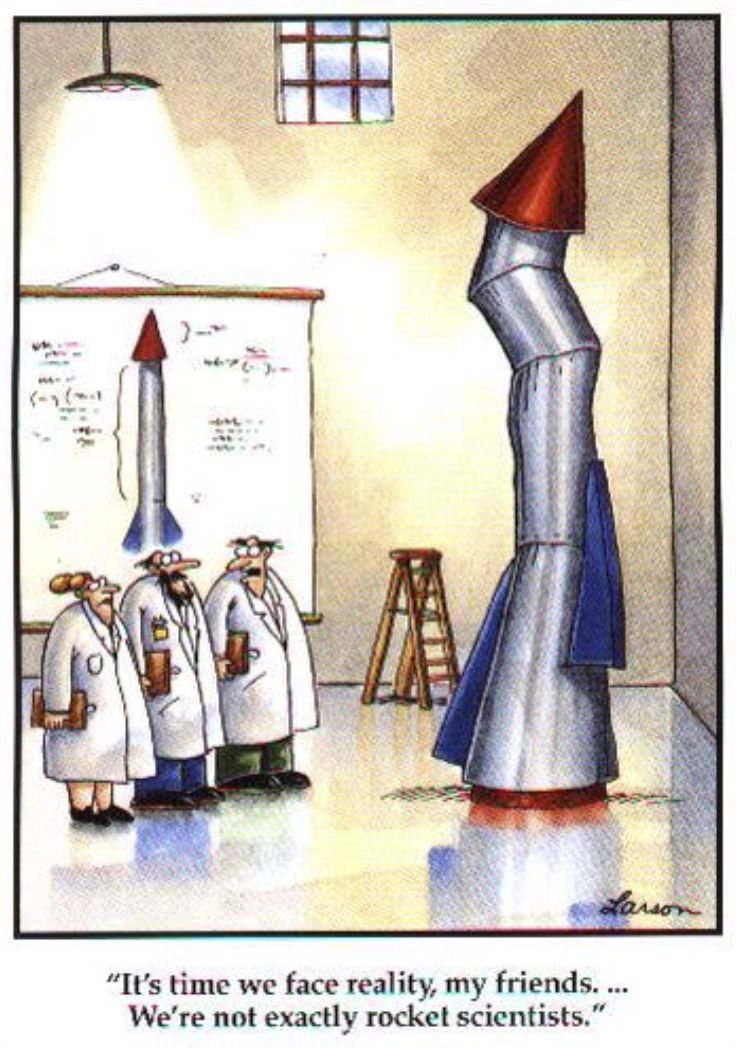A few months ago, I got in a conversation with a senior executive about standards. I elaborated on the merits of standardization, mentioning companies where one could find 3-4 different technologies for the same function, being incompatible with each other let alone the cost of operating and integrating all these technologies. The executive listened carefully then pointed out that he had a worry about standards: they curtailed innovation. So, he would rather live with the higher cost to preserve the ability of the organization to innovate faster. The debacle made me wonder if I was wrong all along with my thesis, so I started digging. This blog post is my take on this subject.
I based debunking the “standards hurt innovation” myth by asking WHEN a standard should be inaugurated. (credit and thanks to another executive for his help.) The illustration below is the combination of the technology adoption lifecycle curve from Geoffrey Moore and the Hype cycle model from Gartner.
https://www.loadbalanceworks.com/newsDetail.asp?PostID=54624&n=5g-the-slope-of-enlightenment
Wait with setting your company standards until the market starts consolidating and the future winners are in sight, ie. when you can make a good bet on them. The Hype Cycle gives guard rails when this solidifying moment arrives. As much as a well-chosen standard will help you reduce complexity, hence cost, an overripe standard will indeed become a blocker. There are two more questions that we do not cover today: when to move away from an old standard and which technology to choose from the existing, stable options.
At this point I still had a nagging question in mind: if this is not standards, then what are the real inhibitors to innovation? We know for sure that if a company loses sight of the “3rd horizon” (3+ years into the future) then it risks its demise as soon as another player finds an area where its innovation becomes transformational. (eg. some fintechs did a decent job on online customer onboarding way before COVID, they just did not find the right business model yet.) The rest of the post is a homegrown set of rules on innovation for established financial institutions.
Rule #1: know where you want and where you can innovate. I recall an investment bank that decided to create its own container management technology, that is to beat Docker/Kubernetes. Their argument was that the internals of the bank were so unique that tweaking an off the shelf solution would have taken as much effort as writing their own. I also recall a bank who created its own private cloud with a handful of people over several years let alone started by purchasing a truckload of hardware rather than having a look at their existing provisioning processes. Neither of these cases were founded on a sound financial calculation, missed the fact that some very large market players threw hundred times the staff and money at the problem EARLIER than they did. IMPORTANT: Innovation <> doing something differently from the mainstream. The 13 bit microprocessor did not become mainstream for a good reason…
Rule #2: make a clear choice if you are an innovator or a fast follower.
I recall a meeting from another century when I tried to sell something cool to the CEO of a local GSM firm and quoted (even hummed) their tag line “XY GSM, the cutting edge” to reinforce my message. The CEO interrupted me and made an interesting statement: “We no longer want to be the cutting edge, that is expensive and risky, we want to be fast followers.” In this case a fast ingress process of bringing in external innovation is crucial. Reaction speed trumps anything else in these firms.

Rule #3: Do not try to fix a process problem with (yet another) piece of technology.
There is a overarching theme in wealthy companies: they want an easy solution for a difficult problem, that is they want to fix process problems with technology. When they inevitably fail to achieve their goal, they blame the given vendor, ditch the chosen technology and pick another one, hoping for a better outcome. (This always makes me frown, since they are darn close to the definition of insanity.) Purchasing a new technology is not innovation by itself, it just shows that you can afford it. (It is like a hobbyist photographer purchasing a medium format camera hoping that it would turn him into the next Ansel Adams overnight.) Technology might speed up a process, but what if it made a faulty process faster?
Rule #4: There is no such a thing as risk free innovation, when the result is guaranteed.
Enough to mention Edison, whose team - in search for a filament for the lightbulb that would be durable but inexpensive - tested more than 6,000 possible materials before finding one that fit the bill. For this reason, do not try to use the same set of KPIs that you run your daily business with BUT do have a separate set of KPIs and a clear definition of success.
Rule #5: regularly scrape the hull of the ship! I think this is not funding, that makes innovation. If you do not believe me, check out the movie called “The boy who harnessed the wind.” (of course, a second bicycle would have made the case easier…) The real impediments to innovation are broken, anachronistic processes usually sustained by the silo nature of an organization. I recall a company where a business request would go through four, disconnected JIRA queues before ending up as a set of separate Servicenow tickets. (It takes only a few months to get through this maze.) Now imagine Edison requesting the 6000 (!) different materials he tested before landing on carbonized bamboo through this process. NOPE! Check out the value creation process to see where customer or employee engagement suffers and fix the process BEFORE you do anything else.
https://www.drjdavidson.com/blog/2013/07/take-time-to-scrape-off-the-barnacles
An alternative solution is to leave the mothership behind and create a semi-independent “Skunkworks” unit where the rules of the mother company do not apply. After all, it worked for Lockheed when they created the SR-71. Note: If you separate the team who is entitled to innovate, make sure there is a natural way to ingest their findings back into the regular business.
Rule #6: Get people who can actually make a difference. To be politically incorrect – and I can joke with this one - I use the "One-Legged Tarzan" sketch to describe the problem of innovating with people who are 10-15 years behind the cutting edge. Tarzan is "a role which traditionally involves the use of a two-legged actor" and that it would be unusual for the part to be taken by a "unidexter". Of course training can help, but still there is a lingering doubt about waking up one morning to realize that you are the old dog who may no longer learn new tricks…
https://www.youtube.com/watch?v=njK6zQp2Fdk
Rule #7: Nurture cross unit collaboration by breaking down the silos. The following quote is from a HBR article “The Biggest Obstacles to Innovation in Large Companies” by Michael Britt.
“Any time you start something new like [an innovation initiative], that cuts across many areas, there’s a potential for people feeling like you’re in their backyard,” In these organizations any change will provoke a strong reaction, feeling attacked because you trespassed into their territory. The problem is that most value creation process involves multiple departments, therefore one cannot really fix them without “trespassing”.
The last word: an innovation push without a nurturing cultural background is like a new coat of paint on a rusty surface, it will not last. Remove the most important inhibitor: the fear of being seen as vulnerable: that even big shots – just like other human beings – may not know the answer to everything or sometimes even make mistakes.
As always, I appreciate any feedback on this post.
Resources used in this article:
- https://en.wikipedia.org/wiki/The_Tale_of_Cross-eyed_Lefty_from_Tula_and_the_Steel_Flea
- https://www.accenture.com/t20181010T181446Z__w__/us-en/_acnmedia/PDF-87/Accenture-Banking-Rapid-Evolution-Required.pdf
- https://hbr.org/2018/07/the-biggest-obstacles-to-innovation-in-large-companies
- https://www.theatlantic.com/magazine/archive/2013/11/innovations-list/309536/
- https://www.popularmechanics.com/technology/g24668233/best-inventions/?slide=66
- https://www.imaginenation.com.au/mindsets-matter-digitization-transformation-innovation/
- https://medium.com/the-corporate-startup/internal-versus-external-where-should-companies-do-innovation-a2ea48fbbaef
- https://www.innovationleader.com/research-reports/benchmarking-innovation-impact-2018/963.article
- https://www.viima.com/blog/innovation-management
- https://www.mckinsey.com/business-functions/strategy-and-corporate-finance/our-insights/enduring-ideas-the-three-horizons-of-growth
- https://www.bcg.com/publications/2019/overcoming-four-big-barriers-to-innovation-success
- https://www.bbvaopenmind.com/en/articles/innovation-for-the-21st-century-banking-industry/
- https://www.bankdirector.com/rankingbanking/most-innovative/
- https://time.com/3517011/thomas-edison/ and http://edisonmuseum.org/content3399.html
- https://en.wikipedia.org/wiki/Skunk_Works
-
https://mainstreamconf.com/why-buying-technology-wont-fix-your-broken-business-processes/










